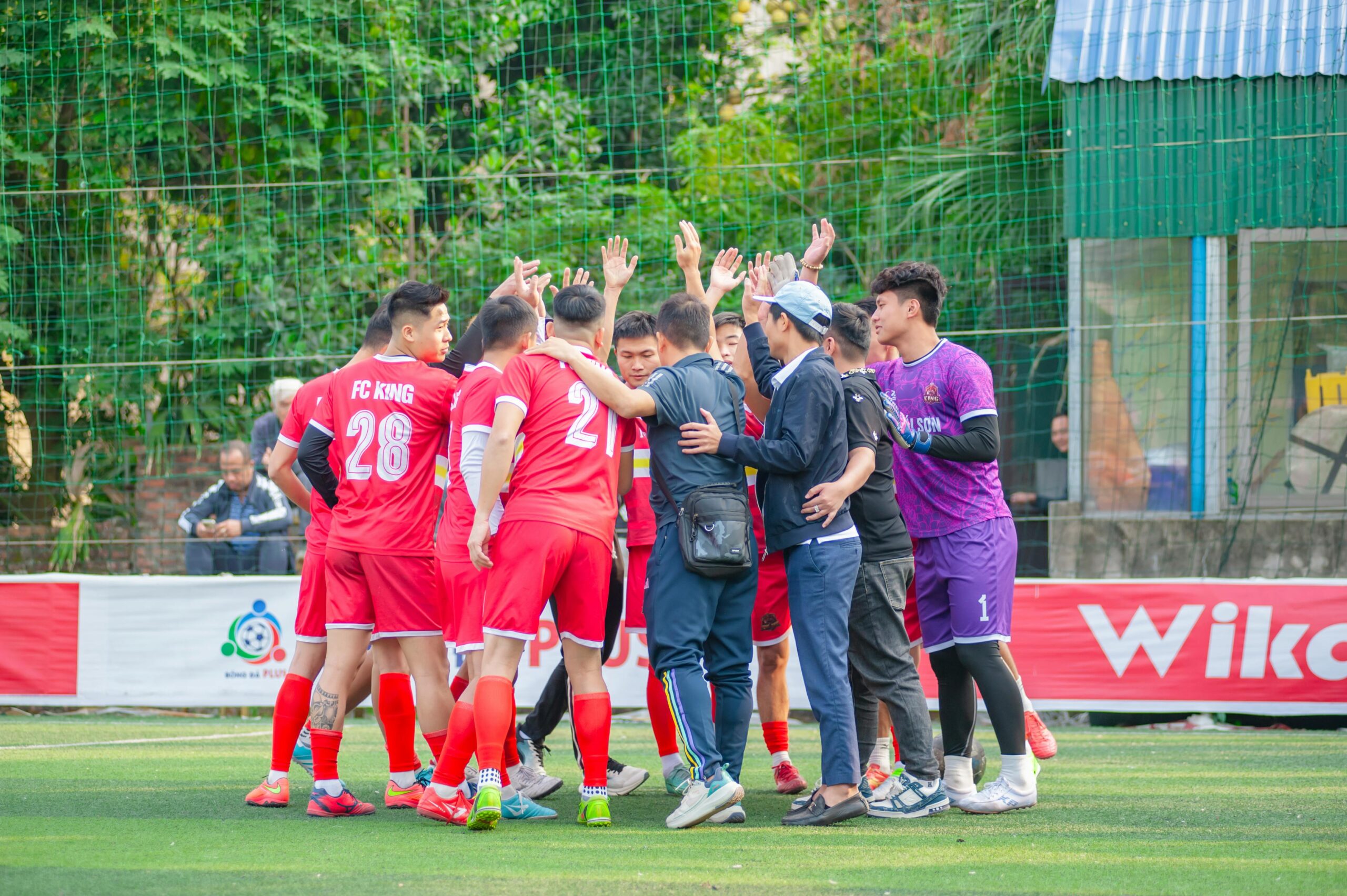
The best coaches are the ones who see the big picture. Most, if not all, of the athletes on your youth sports team will not play the sport beyond high school. Most of the athletes at the college level will not play the sport professionally. This is not meant to minimize the wins and losses but those coaches that keep the big picture in perspective are the ones who are considered successful. We are teaching athletes to be good husbands, wives, fathers, mothers, employees and citizens. Sports is a vehicle to teach those life lessons.
The term leadership is thrown around way too liberally. We often hear coaches talk about team leadership and team chemistry. Players talk about leadership. Leadership development is a popular topic that is popular in professional development, workshops and seminars.
But how do we handle leadership at the youth level?
NO CAPTAINS
I know I will get dirty looks after this statement but I do not believe in captains in youth sports. The problem with captains is you are sending a subliminal message to the non-captains that they are not leaders.
We should be developing all of our athletes’ leadership skills, not just those selected captains. I want everyone on my team to be a leader and I believe it’s our job as coaches to help bring that out in everyone.
If everyone on the team has leadership qualities, the team will be much stronger and more successful. We have to foster a sense of leadership in all of our athletes, not just captains.
LEADERSHIP DEVELOPMENT
So with all of the other necessities in coaching, how do we have time to develop leadership skills? The key is that leadership development has to be baked into practices and games. By cultivating each athlete’s voice, we have the ability to develop all of them into leaders. The finish line may look different for each child, but their progression should be on an upward trajectory throughout the season.
The first step is opening a line of communication with the athletes. This comes down to the connection piece we have referenced in previous discussions. Every athlete should feel that they have the ability to communicate with the coach and with each other.
It is essential that, early on in the season, the coach breaks down any barriers by engaging with the athlete. The second phase is by allowing each athlete to lead at different points. Change up the athletes that lead in stretches. Change up the athlete who demonstrates a drill. Change up the athlete who provides team-based constructive feedback after a practice or a game.
One of the little activities that can be productive is asking an athlete to provide one positive and one thing the team has to continue to work on after each practice. This can be done after each game too. What this does is it allows the athlete to get used to speaking up in front of the team but it also sends a message that their opinions matter. It gives them some ownership over the team. Typically, what I’ve noticed is that they tend to parrott what coaches say. Oftentimes they will reiterate what is being said in practice, and that’s ok. That reinforces the messaging that is being communicated in practice by the coaches.
ASKING QUESTIONS
The second focus of developing leaders is asking them questions. Too many coaches talk at players instead of talking with players. Asking questions and getting feedback from players encourages them to speak up and share ideas. This is fundamental in fostering leadership development. We want athletes to feel ownership over the team and the direction of the team. By opening the lines of communication with players, we get more buy-in to the team itself.
Ask certain players to process a loss in a team meeting is a good way to get them to open up. One of the biggest aspects of asking questions is encouraging communication.
LEADING BY EXAMPLE
You often hear a team takes on the identity of its coach. The biggest thing you can do to develop leadership skills is to lead by example. Model good behavior in good times and in bad. If you flip out when a game is going sideways, young athletes will emulate that.
By keeping a calm, even tempered demeanor, you will model how you would like your athletes to perform and process challenging situations. Your approach to practices, games and challenges will dictate how your athletes respond in those situations.
Young athletes look up to their coaches. Be a positive role model. When you treat them with respect and encourage open, honest communication, your athletes will reciprocate. These are life lessons they will be able to take with them in school and their careers.

Leave a Reply